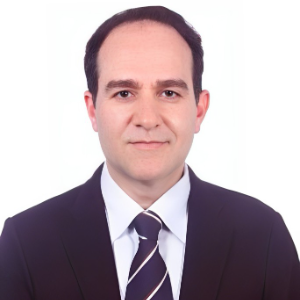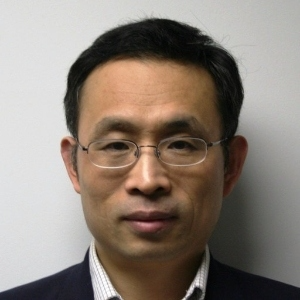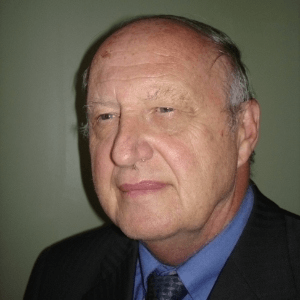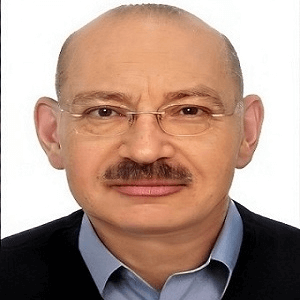Nanomaterials are extremely small particles with nanoscale dimensions ranging from 1 to 100 nanometers. Green nanotechnology is when nanotechnology is used to improve the environmental sustainability of processes that produce negative externalities. It also refers to the usage of nanotechnology products to improve sustainability. Making green nano-products and employing nano-products to enhance sustainability are two examples. Biological approaches are used to create green nanomaterials or nanoparticles. Natural materials such as plants, microbes, and organic polymers such as carbohydrates, proteins, and lipids are actively involved in the synthesis of green nanoparticles. Nanomaterials play a crucial role in wastewater treatment systems due to their small size, however they limit the ability to target highly particular spots.
Nanotechnology can help solve problems in the water treatment industry, particularly the technical hurdles of removing contaminants including infections, toxic heavy metals, pesticides, and other persistent and hazardous substances. It's a game-changing technology with the ability to solve the present water treatment crisis' problems. To ensure safe drinking water, the elimination of micropollutants, and the development of industrial production processes through the use of flexible water treatment systems, there is an essential need for efficient and creative water treatment technology. Because of their greater efficiency and specific properties, such as a high reaction rate and surface-to-mass ratio, nanomaterials offer efficient, low-cost, and environmentally acceptable alternatives to conventional treatment materials.
- Biocompatibility
- Biological Sensors
- Carbonaceous Materials
- Catalyst
- Design and Development of Chemical Sensors & Smart Electronic Materials
- Development of New Medical Diagnostic and Therapeutic Agents
- Green Nanoparticle Production and Characterization
- Green Routes
- Metal Nanoparticles
- Nanomaterials for Water Treatment
- Nanomedical Applications of Green Nanotechnologies
- Nanosorbent
- Nonscale Robots
- Nanoecotoxicology
- Environmental Risk Assessment

Thomas J Webster
Hebei University of Technology, United States
Hossein Hosseinkhani
Innovation Center for Advanced Technology, Matrix, Inc., United States
Hai Feng Ji
Drexel University, United States
Paulo Cesar De Morais
Catholic University of Brasilia, Brazil
Azzedine Bensalem
Long Island University, United States
Robert Buenker
Wuppertal University, Germany
Rafal Kozubski
Jagiellonian University in Krakow, Poland
Sylwia Wcislik
Kielce University of Technology, Poland
Raman Singh
Monash University-Clayton Campus, Australia


Title : Circumventing challenges in developing CVD graphene coating on mild steel: A disruptive approach to remarkable/durable corrosion resistance
Raman Singh, Monash University-Clayton Campus, Australia
Title : Highlighting recent advancements in electromagnetic field subwavelength tailoring using nanoparticle resonant light scattering and related topics
Michael I Tribelsky, Moscow State University, Russian Federation
Title : The impact of nanomedicine: 30,000 orthopedic nano implants with no failures and still counting
Thomas J Webster, Hebei University of Technology, United States
Title : Logistic-modified mathematical model for tumor growth treated with nanosized cargo delivery system
Paulo Cesar De Morais, Catholic University of Brasilia, Brazil
Title : Current and future of red and black phosphorus nanomaterials
Hai Feng Ji, Drexel University, United States
Title : Azodye photoaligned nanolayers for liquid crystal: New trends
Vladimir G Chigrinov, Hong Kong University of Science and Technology, Hong Kong
Title : Atomistic simulation of chemical ordering phenomena in nanostructured intermetallics
Rafal Kozubski, Jagiellonian University in Krakow, Poland
Title : The enhanced cytotoxic effect of curcumin on leukemic stem cells via CD123-targeted nanoparticles
Wariya Nirachonkul, Chiang Mai University, Thailand
Title : Efficiency of nanoparticles (Micromage-B) in the complex treatment of multiple sclerosis
Andrey Belousov, Kharkiv National Medical University, Ukraine
Title : Innovative method of nanotechnology application in the complex treatment of multiple sclerosis
Andrey Belousov, Kharkiv National Medical University, Ukraine